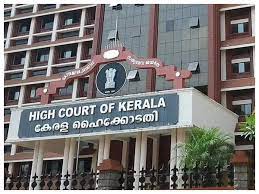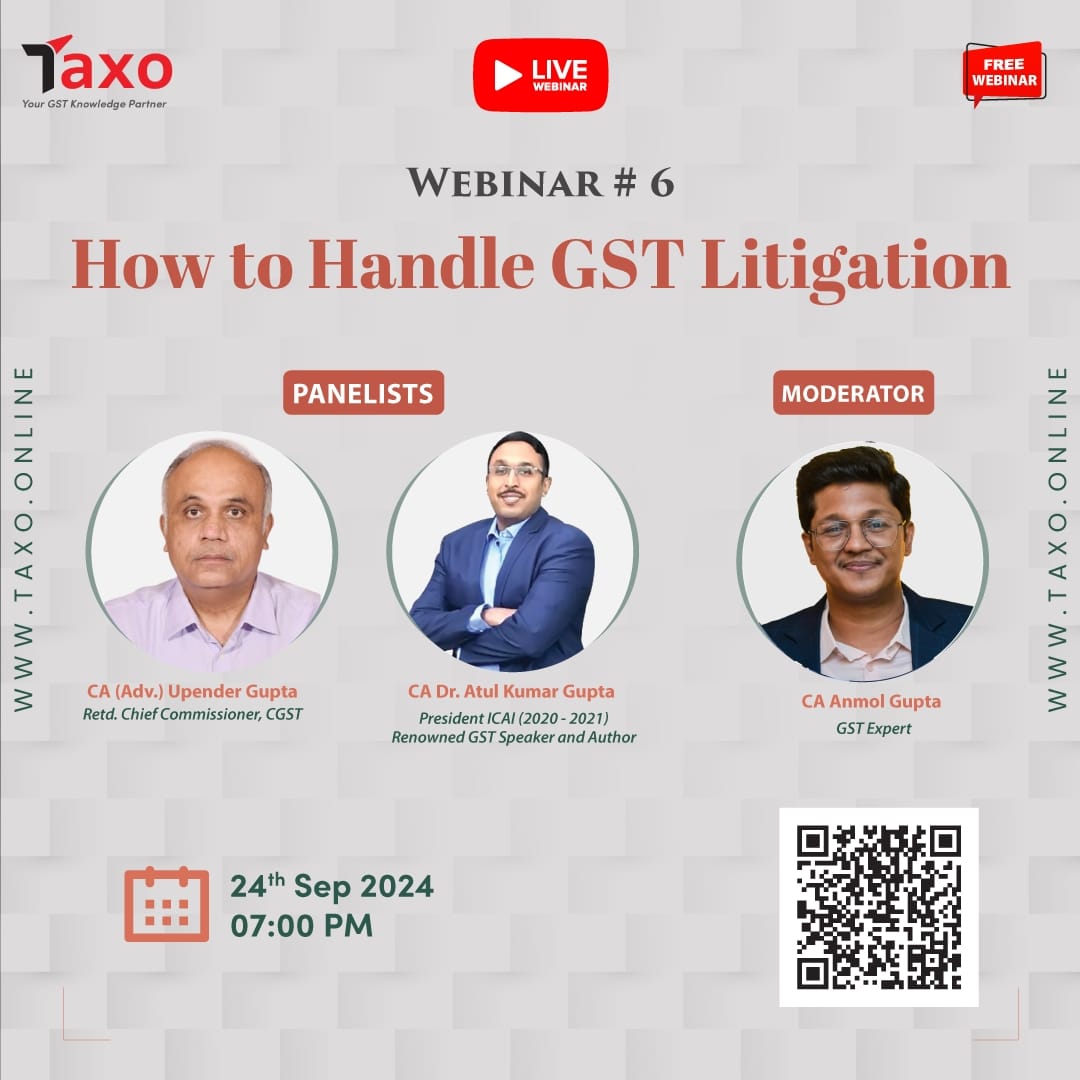 The Kerala High Court in the case of Winter Wood Designers & Contractors India (P.) Ltd vs. State Tax Officer vide WP (C) NO. 9086 OF 2025 dated 09.06.2025, has held that two conflicting orders on the same subject cannot be allowed to co-exist; the subsequent order is vitiated when the earlier order has already attained finality. Section 161 of the CGST Act, 2017 allows rectification of errors apparent on the face of the record, either suo motu or on representation. The request for rectification need not be made only through a specified electronic mode, unless explicitly prescribed by statute. Further, held that the Procedural requirements should not defeat substantive justice, especially where statutory deadlines are met and the authority acknowledges the error.
The Kerala High Court in the case of Winter Wood Designers & Contractors India (P.) Ltd vs. State Tax Officer vide WP (C) NO. 9086 OF 2025 dated 09.06.2025, has held that two conflicting orders on the same subject cannot be allowed to co-exist; the subsequent order is vitiated when the earlier order has already attained finality. Section 161 of the CGST Act, 2017 allows rectification of errors apparent on the face of the record, either suo motu or on representation. The request for rectification need not be made only through a specified electronic mode, unless explicitly prescribed by statute. Further, held that the Procedural requirements should not defeat substantive justice, especially where statutory deadlines are met and the authority acknowledges the error.
Facts of the Case: In this case, the petitioner is a registered private limited company under CGST/SGST laws. Initially, a show cause notice dated 18.10.2021 was issued alleging discrepancies for FY 2017-18. The petitioner replied, and the proceedings were concluded in its favour vide Ext.P7 dated 08.12.2023, under Sections 73 and 74 of the CGST Act. However, another officer of the department issued a second SCN dated 28.09.2023 on the same subject matter, which culminated in Ext.P8 order dated 30.12.2023 passed against the petitioner.
The Petitioner submitted a request for rectification (Ext.P9) via email on 01.02.2024, i.e., within the 6-month time limit under Section 161 of the CGST Act. Despite acknowledging the duplicative nature of the orders, the department rejected the rectification request on the technical ground that the application was not filed on the GST Portal.
Issue: Whether the rejection of the rectification request under Section 161 of the CGST Act on technical grounds was legally sustainable, despite clear duplication of orders and timely intimation by the petitioner.
Held that: The Court in this case, observed that the subject matter of both SCNs was identical and culminated in conflicting conclusions vide Ext.P7 dropped the proceedings, while Ext.P8 imposed liability. Since Ext.P7 preceded Ext.P8, and was passed by a competent officer who had accepted the petitioner’s explanation, Ext.P8 was patently erroneous.
The error in Ext.P8 was apparent on the face of record and squarely fell within the ambit of Section 161, which empowers rectification of such mistakes either suo motu or on being brought to notice, within six months. Further, the e-mail was sent by the petitioner on 01.02.2024 (vide Ext.P9) was within the limitation period, and there was no statutory mandate that the rectification request must only be submitted through the Portal.
Therefore, the rejection of the request on procedural grounds was unsustainable in law. Both Ext.P8 and Ext.P14 were quashed. The Court clarified that Ext.P7 remained the valid and binding adjudication for FY 2017–18.
To read the complete judgment 2025 Taxo.online 1170


